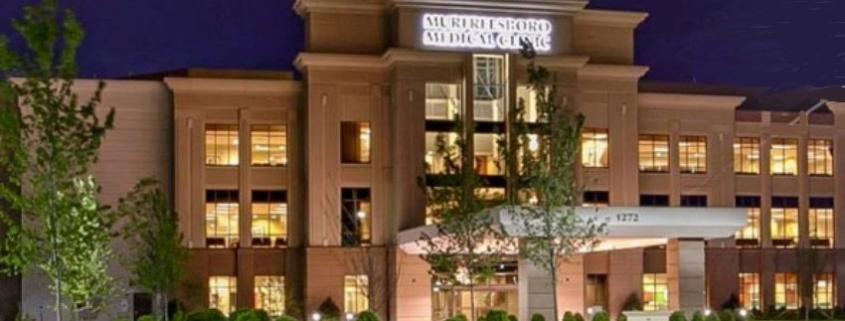Montecito Medical Buys 221 KSF Nashville-Area Medical Office Building
Montecito Medical Real Estate has recently expanded its Nashville-area footprint with the acquisition of Murfreesboro Medical Properties LLC, the ownership group of a 221,000-square-foot medical office building in Murfreesboro, Tenn.
Murfreesboro Medical Clinic occupied the entire property. Located at 1272 Garrison Drive, the MOB opened as a 78,000-square-foot facility in 2008 and underwent an expansion in 2013 through a build-to-suit second phase that enhanced the property by 143,000 square feet. In addition to clinic space, the trophy asset houses an ambulatory surgery center with four operating rooms.
“We review over $1.3 billion in assets each month and typically pursue only the top five percent that meet our investment criteria,” Joellyn Shannon, a vice president with Montecito Medical Real Estate, told Commercial Property Executive. “We prefer newer, larger assets that are occupied by dominant physician groups or strong health systems with long-term leases and we will pay-up for these attributes, so the seller will make more money, too.”
The physician leaders of MMC, who had been fielding unsolicited offers for the three-story building since construction of the first phase kicked off in 2007, will not only remain tenants in the building, but they’ll also retain an ownership position as a result of their reinvestment in the entity acquiring the asset.
Bolstering A Premier Portfolio
The Murfreesboro MOB marks one of a handful of purchases Montecito has completed in 2019. The company kicked off 2019 with the acquisition of a 110,000-square-foot medical office complex in Clarksville, just outside Nashville. The company’s other purchases this year include a 30,500-square-foot MOB and surgery center in Bedford, N.H., roughly 50 miles north of Boston, and a 42,000-square-foot MOB in Greenwood, Ind., near Indianapolis. And there’s more to come. Montecito has access to approximately $1 billion in capital for additional investments.
“While there are certainly challenges aggregating a large medical office building/ambulatory surgery center portfolio, Montecito is extremely active in the market,” Shannon said.
Montecito and Murfreesboro Medical Properties relied on Anthony Lunceford, Joe Massa and Woody Widenhofer of Colliers International for representation in the transaction.
Source: Commercial Property Executive





